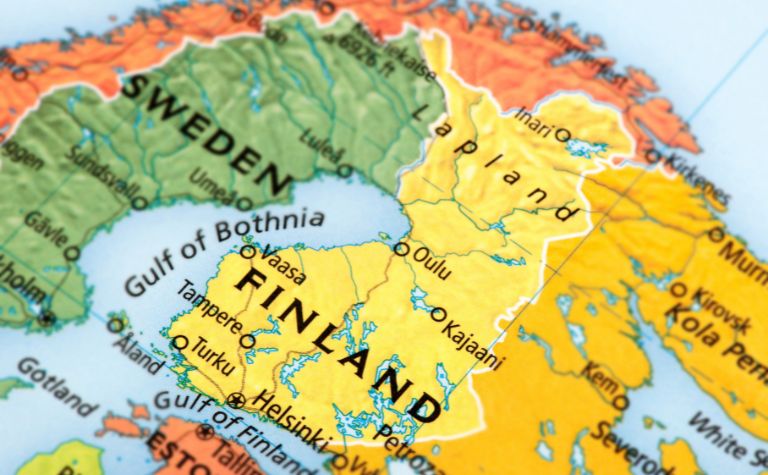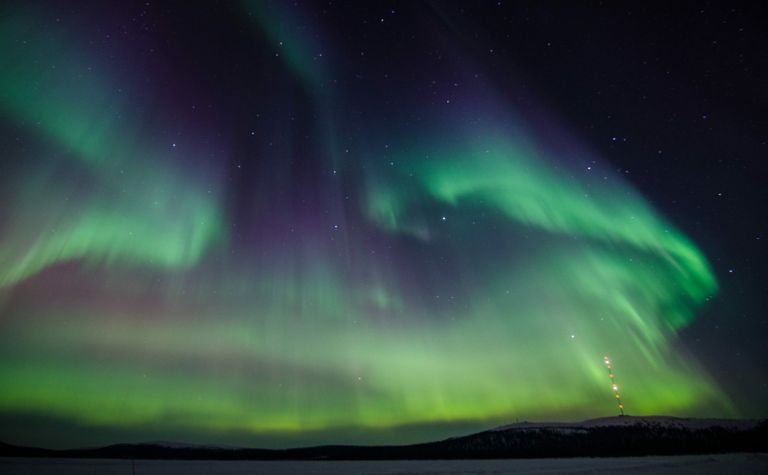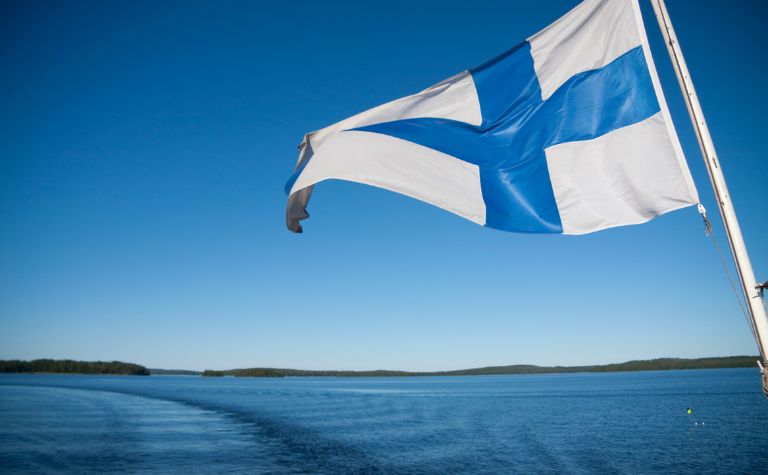Sweden and Finland are both Nordic countries that share a partial border with each other, and both sit on the Gulf of Bothnia.
While the countries have a lot of similarities, there are some major differences between Sweden and Finland.
Finland and Sweden are different as Sweden is significantly larger than Finland when it comes to area, coastline, and population.
They both have a similar percentage of their population living in cities. The two countries have different types of parliamentary governments.
This article explains how different Finland is from Sweden and how Sweden is different from the other Scandinavian countries.
There is also a comparison between Finland and the rest of Northern Europe.
Also, see What Is Sweden Known For? to learn more.

How different is Finland from Sweden?
Sweden’s culture, language, and people may seem similar to those in Finland, especially to people unfamiliar with the two countries.
However, Finland and Sweden are very different countries in terms of size, population, economy, and government. [1]
Sweden is bigger than Finland in terms of total area, population, and economy.
Finland is only three-fourths the size of Sweden when comparing their total areas, which include land and water.
Finland has a total area of three hundred and thirty-eight square kilometers, and the area of Sweden is four hundred and fifty square meters.
However, Finland is different from Sweden when comparing its coastlines.
Finland has 1,250 kilometers of coastline, whereas Sweden has more than two and a half times that, with 3,218 kilometers of coastline.
Furthermore, Finland has nearly half the population of Sweden. As of July 2021, Sweden had a population of just over ten million people, whereas Finland’s population was just over five and a half million.
However, both Sweden and Finland have high urban populations. Both countries have an urban population of more than eighty-five percent.
While that ends up being significantly more people in Sweden because of the difference in population, it is still a high percentage of the total population in both countries.
Another way in which Sweden and Finland are different is their governments.
Both countries have a parliamentary-style government.
Finland is a parliamentary republic, meaning they have an executive branch, but the branch has to follow the laws set by the legislature.
On the other hand, Sweden is a parliamentary constitutional monarchy, which means that a monarch rules them, but the monarch does not make all the decisions for the country.
They must follow the laws set by the Constitution.
Also, see Is Sweden Socialist? to learn more.

How is Sweden unique in Scandinavia?
Sweden is unique in Scandinavia because of its relatively high unemployment, GDP, the constantly sunny summers, and welfare state model.
Sweden offers a very robust social safety net to its residents, which explains the term “Swedish Model.”
First, Sweden has the highest GDP of all the Scandinavian countries, with over $540 billion USD in 2020 GDP.
The 2020 GDP of Denmark and Norway was both over $350 billion USD. [2]
However, despite having the highest GDP, Sweden also has the highest unemployment rate of the Scandinavian countries. In 2021, Sweden’s unemployment rate was 8.8%.
This rate is over double Norway’s unemployment rate of 4.29% and three-fourths higher than Denmark’s rate of 5.08%. [3]
Unfortunately, the unemployment rate among women is also the highest in Sweden compared to the other two countries. [4]
Another way that Sweden is unique compared to Denmark and Norway is because the summers have very long days, and the nights are very short, if not non-existent.
In the Northern part of Sweden, the sun never sets in the summer, and in the south and in the capital of Stockholm, the sun only sets for a few hours. [5]
However, this also means that the winters in the country are the opposite. Winters in Sweden last until May. The nights are long, and daylight is minimal.
So, Norway and Denmark may have more consistent summers and winters, but the bright summers in Sweden are popular.
Finally, Sweden also has the highest paid time off for its residents, with a five-week minimum for paid vacation.
This paid time off minimum is in addition to other public benefits that the Swedish people get as part of the country’s welfare system, called the Swedish Model. [5]
Also, see How to Move to Sweden to learn more.

How is Finland unique in Northern Europe?
Finland is unique compared to the rest of Northern Europe because of its intense winters, happy people, and dense forests.
Finland is also unique for being rated the happiest country in the world.
Most people in Finland live in the southern part of the country, where the weather is nicer, and the landscape is developed.
Finland’s capital city, Helsinki, is also on the country’s southern tip. However, Helsinki is the most northern capital of Europe.
The winters in Finland are some of the longest and coldest, even compared to the rest of Northern Europe.
Winters in the southern part of the country are pretty typical, lasting about three months.
Further north, the winters get longer, lasting as long as seven months. The winter months are dark, cold, and snowy everywhere in Finland.
However, northern Finland is popular for winter activities like hockey, outdoor saunas, and snow sports. [6]
Finland also has a very happy population compared to Northern Europe and the rest of the world. In 2022, Finland was named the happiest country in the world for the fifth year in a row.
The ranking illustrates that the people living in Finland enjoy their lives and think the quality of their lives is high.
While many countries in Northern Europe ranked high on the happiest countries list, and all five Nordic countries were in the top 10, Finland was the happiest. [7]
Finally, Finland has the most densely forested lands in all of Europe.
More than seventy percent of the country is made up of forests, and most of the trees in the forests are pine trees, Norway spruces, and birch blankets.
Many of the forests are part of national parks, and Finland’s government protects more than a quarter of the land. [8]
Final Thoughts
Sweden is significantly larger than its fellow Scandinavian country of Finland. But, both countries have parliamentary governments and a high urban population.
Also, see Why Don’t Swedes Get Married? to learn more.
References:
[1] Source
[2] Source
[3] Source
[4] Source
[5] Source
[6] Source
[7] Source
[8] Source
